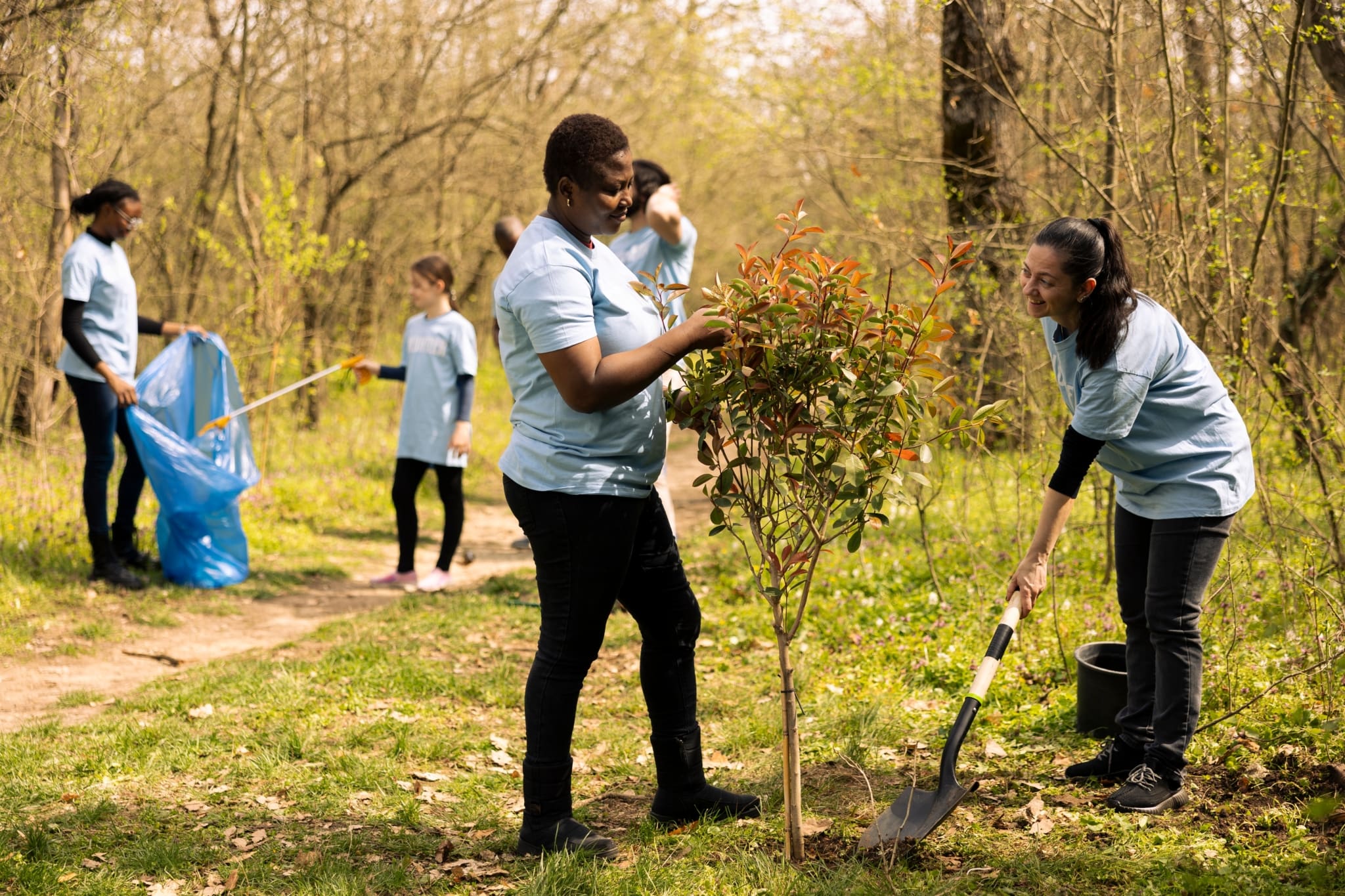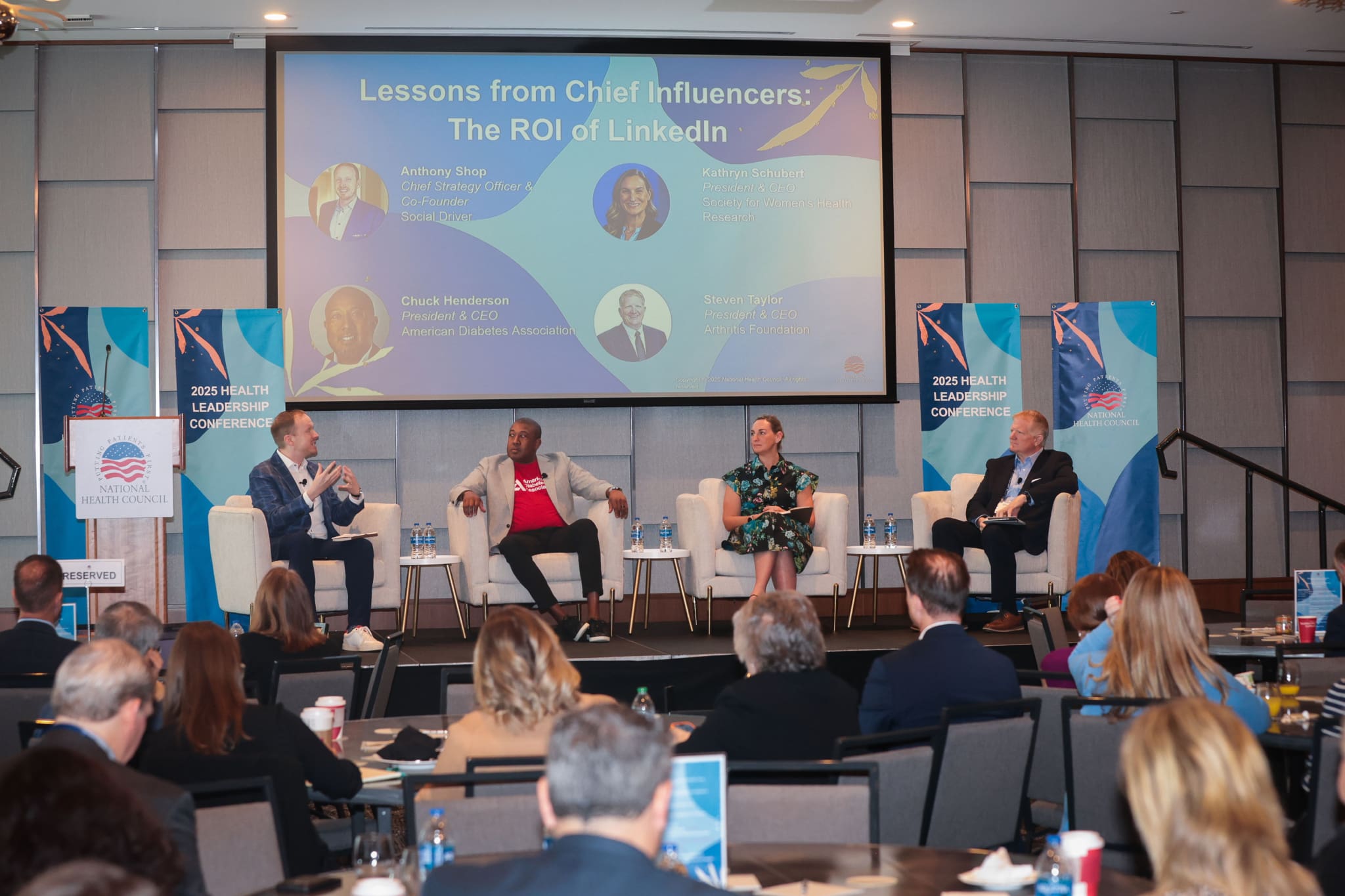
Tooshar Swain, director of public policy at Americans for the Arts
Americans for the Arts (AFTA), an Independent Sector member, is celebrating 65 years as the nation’s leading nonprofit advancing the arts and arts education. We talked with Tooshar Swain, director of public policy at AFTA, about how their advocacy, research, networking, and leadership — AFTA’s four focus areas — advance the diverse networks that cultivate, promote, sustain, and support the arts nationwide.
Q: First things first. AFTA has a new CEO at a pivotal moment in our nation. Tell us about Erin Harkey, a visionary leader dedicated to advancing arts and culture.
TS: We’re thrilled to welcome Erin, whose leadership at the Chicago Department of Cultural Affairs and Special Events created the most expansive and equitable grant program in the agency’s history. Her experience with local arts agencies brings a valuable perspective on the arts community’s impact, while her policy expertise positions AFTA for future success. Most importantly, those who know her speak of her compassion and deep understanding of what our field needs at this moment. This has me most excited.
Q: AFTA works with and through 2,200 Local Arts Agencies to ensure the arts thrive in communities across the United States. What is the role of Local Arts Agencies, and how do you collaborate with them?
TS: Local Arts Agencies (LAAs) are essential partners across all 50 states, DC, and Puerto Rico. Each uniquely serves their community through advocacy, direct investment, facility development, programming, and arts education initiatives. While missions vary, all LAAs sustain arts vitality and enrich community life. Some focus on policy and economic development, while others provide crucial financial support and cultural programming. Their work creates healthy, vibrant communities through arts accessibility, education, and engagement.
Q: Advocacy is a focus area for both Independent Sector and AFTA. You’ve been active in voicing your concerns about the potential negative impact of recent actions by the new administration on our arts and culture ecosystem. What steps have you taken, and how is the Arts Action Fund expanding arts advocacy?
TS: The executive actions have had serious consequences for the arts community, particularly orders affecting DEI efforts and transgender equality. These changes have created significant challenges for arts organizations applying for grants from the National Endowment for the Arts (NEA), National Endowment for the Humanities (NEH), and other federal agencies. We’re working closely with the NEA to help applicants navigate these new requirements while maintaining their organizational values.
Arts education faces critical challenges with executive orders threatening Department of Education resources for well-rounded education, including arts and music. Additionally, orders to dismantle the Institute of Museum and Library Services would impact thousands of institutions that promote arts in their communities.
Americans for the Arts continues advocating to the administration and Congress about these programs’ vital importance to our economic, social, and cultural fabric. You can visit AFTA’s Advocacy Hub for comprehensive resources and policy updates as we navigate this unprecedented period.
Additionally, the Arts Action Fund maintains ongoing dialogue with high-level administration officials and Congress, alerting them to the impact of these executive actions while providing real-time updates to arts supporters nationwide.
Q: We all know the arts are fundamental to our humanity and bring beauty into our lives and communities. What are some of the other reasons the arts are important?
TS: We continue to drive home the point that the arts are a significant economic driver in the United States. Last year, the Bureau of Economic Analysis reported that the arts and culture sector is a $1.1 trillion industry, surpassing traditional powerhouse sectors like transportation and construction.
Furthermore, our Arts & Economic Prosperity 6 study, representing 373 participating communities, shows the nonprofit arts sector alone generates $152 billion in economic activity, $29 billion in tax revenue, and $101 billion in personal income to residents.
But we don’t shy away from discussing the humanity and beauty inspired by the arts that we know Americans feel are helpful in their communities. According to Americans Speak Out About the Arts in 2023 — one of the largest public opinion studies about the arts ever conducted in the U.S. — three-quarters of Americans consider arts and culture personally important, contributing to their joy, well-being, and sense of creativity. This shows in our data: 89% say their local venues are sources of neighborhood pride, and 86% would feel a genuine sense of loss if these spaces disappeared.
The arts provide shared experiences across races, ethnicities, ages, beliefs, and identities. And there’s near-unanimous agreement — across party lines — that every student should receive quality arts education. The arts continue to have a broad impact on our society by providing economic growth and development as well as helping students (our future workforce) perform better academically.
Q: We’re so happy to have Americans for the Arts as an Independent Sector member. How can being an IS member help you better achieve your mission and advocacy efforts?
TS: We’re grateful to be part of the Independent Sector community. Their ability to bring together such diverse changemakers – from nonprofits and foundations to corporations – creates connections we couldn’t make anywhere else. IS creates spaces where real collaboration happens. This kind of cross-sector relationship building is what helps us advance the arts in America. AFTA sits on the Independent Sector’s Public Policy Committee. This group brings together some of the greatest minds in the nonprofit sector, brainstorming ways to improve the sector and improve our society’s well-being. Independent Sector’s yearly National Summit intersects research, community, and policy to bolster philanthropy worldwide.
Q: You have a big conference coming up — AFTACON 2025 this June in Cincinnati. What should we know about the five pathways that will define your breakout sessions?
TS: AFTACON is an exciting opportunity to gather, connect, and more deeply consider how we do our work being just as important as what we do and why. This conference was built with and for the arts and culture field through a co-creative process, from our Member Committee determining program criteria and selections to planning hand-in-hand with ArtsWave.
We’ll present 35 breakout sessions across five pathways: Cultural Impact, Economic Growth, Educational Development, Social Transformation, and Future Innovation. These pathways represent key aspects of American life where the arts make a significant impact, highlighting how the arts provide solutions for challenges facing our country. Session topics range from disaster planning for performing arts organizations to engaging military veterans across borders, from reimagining rural America’s future to cross-sector collaborations improving economic outcomes.
To become an Independent Sector member, please email membership@independentsector.org.



